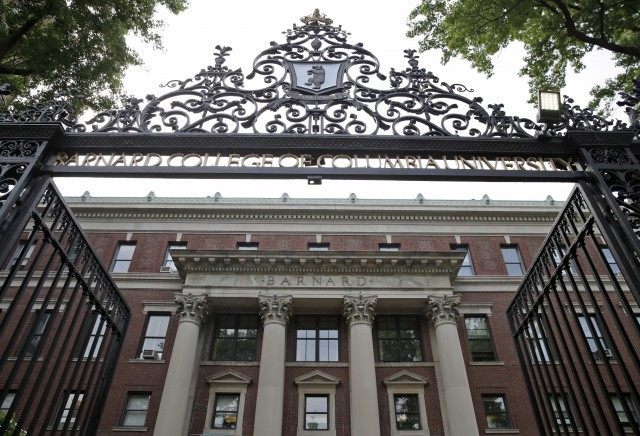Despite the Labor Day unemployment rate supposedly falling to 5.1 percent, the total delinquent loan amount for the 40 million student loan borrowers is now about $187 billion, according to the US Department of Education’s Federal Student Aid website.
The Department of Education’s newly released quarterly report, entitled “Information for Financial Aid Professionals,” reveals that there is a 23 percent delinquency rate on the 55 percent of the $1.47 trillion of total student debt loans outstanding that are now in repayment status.
Delinquency for federal student loans is supposed to begin in the first month of a missed payment–and then, if the borrower misses 9 consecutive payments over a 270-day period the loan is declared in default.
But when the Obama Administration led the federal government takeover of student lending in 2010, it added delayed repayment programs to the standard loans that were required to start making monthly payments after a grace-period of 6 months after leaving college. The delayed pay student loans now include graduated, extended, income-based, income sensitive, income-contingent and pay-as-you-earn programs.
To further mask the true extent of the program’s delinquencies and defaults, the Obama Administration implemented a vast set of “distressed borrower” deferments that operate like a grace period if student loan borrowers re-enroll at least half time in college; are unemployed; suffer economic hardships; serve in the military service during a war; have an operation; or are involved in a national emergency.
During most deferment periods, the Department of Education pays the interest that accrues on subsidized loans. Currently, about 10.5 percent of federal student loans are in some form of deferment or forbearance.
The Department of Education trumpets that “almost four out of five non-defaulted” student borrowers that are in active repayment are current (on time or less than 31 days delinquent) on their federal student loan payments.
But this over 21 percent of delinquent or defaulted student loans compares to the Federal Reserve Board’s most recent report that only 3.72 percent of bank loans are delinquent. The all-time record for bank delinquencies was 10.02 percent in the first quarter of 2010. Over the next five years, 40 percent of U.S. of the 10,000 US banks were shut down or forced to merge with stronger banks.
Breitbart News reported that the rapid tuition growth at universities and colleges is directly related to the massive 160 percent expansion of government lending to vulnerable students over the last decade. With college debt only secured by hopes of better income in the future, student loans defaults are the new sub-prime lending crisis.
As an example, University of California tuition more than doubled in the last decade, and about two-thirds of Californians now rate affordability at America’s largest public college system as poor. Despite increasing Federal Reserve concerns about default risks for student loans, the UC system still intends to raise tuition by five percent next year and about 21.5 percent over the next five years. That partly explains why the U.S. Treasury estimated that at the end of the next decade, there could be over $3.3 trillion in student loans.
A university degree was once perceived as the social elevator to a great job and a higher net worth. But the Federal Reserve Bank of New York estimates that 40 million Americans have racked up an average of four student loans with an outstanding net balance of $29,000 to attend college.
President Obama ended a 45-year-old private sector student loan program and turned lending approvals and collections over to the Department of Education. With $1.5 trillion in student loans outstanding and a substantial proportion of the $187 billion in student loan delinquencies turning to defaults, a huge percent of millennials celebrated Labor Day as debt slaves.

COMMENTS
Please let us know if you're having issues with commenting.